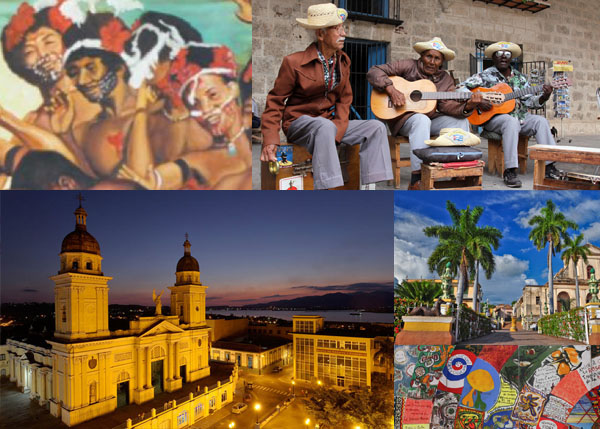10.3.2 Enrique Jorrín.

Enrique Jorrín is the creator of the Cha-Cha-Chá. Considered the King of Cha-Cha-Chá, he was born on December 25, 1925, in Candelaria. He began his musical studies at a very young age. At 11, he created and performed his first danzón, entitled Hilda, with the group Selección.
At the age of 12, he composed the violin segment of one of the most significant danzones, still part of the Enrique Jorrín Orchestra’s repertoire: “Osiris,” a classic of Cuban music.
In the 1940s, Jorrín worked with various groups such as Hermanos Contreras, Hermanos Peñalver, and La Ideal, and directed Selecciones del 45. During this time, he composed the danzones “Doña Olga,” which were a hit in their time; among them were Liceo del Pilar, Central Constancia, and Unión Cienfueguera.
He was called to join the Orquesta América, where he premiered his most famous Cha-Cha-Cha, entitled “La engañadora.” The lyrics tell the story of a young woman with a colossal anatomical distribution who frequented a dance hall located on the corner of Prado and Neptuno streets, and whom “all the men had to look at,” only to discover later that “her figure is only padding.”
La América is a popular music group where Jorrín began cultivating memories of Cha-Cha-Chá. He was its director from 1946 to 1954. He also served as composer, orchestrator, and first violinist in this orchestra.
In 1948, Jorrín recorded the song “Nunca” by Mexican composer Guty Cárdenas. He conceived the first part in its original style, and the second in a more uptempo style. In 1953, the first album of Jorrín’s new genre emerged: on one side, “La engañadora,” and on the other, “Silver Star,” which features the sung part: “Chachachá, Chachachá,” a unique rhythm. Even in its inscription, it had all the characteristics of the Chachachá.
Following this same line of creation by Jorrín, América broadcasts songs that were also hits such as El túnel, Nada para ti, Cógele bien el compás, and from Musiquita, Poco pelo and Yo sabía.
In 1954, Jorrín founded the orchestra that bore his name, and a year later he left for Mexico with that rhythm that equally delighted audiences throughout the Americas. Despite the passing of years, the Cha-Cha-Chá is not a forgotten genre, neither in Cuba, nor in Mexico, nor elsewhere. When the 25th anniversary of the creation of the Cha-Cha-Chá was celebrated, maestro Jorrín received a gold record in Mexico commemorating the sales of his most successful pieces. Tributes were also paid to him in Cuba. His death, at the age of 60, deprived Cuban music of one of its most notable composers.
In our country, the Cuban Popular Music Competition was created to honor this illustrious musician; and recently, the dance competition Baila mi Chachachá, a famous dance created by this artist and now celebrated worldwide, was added.








